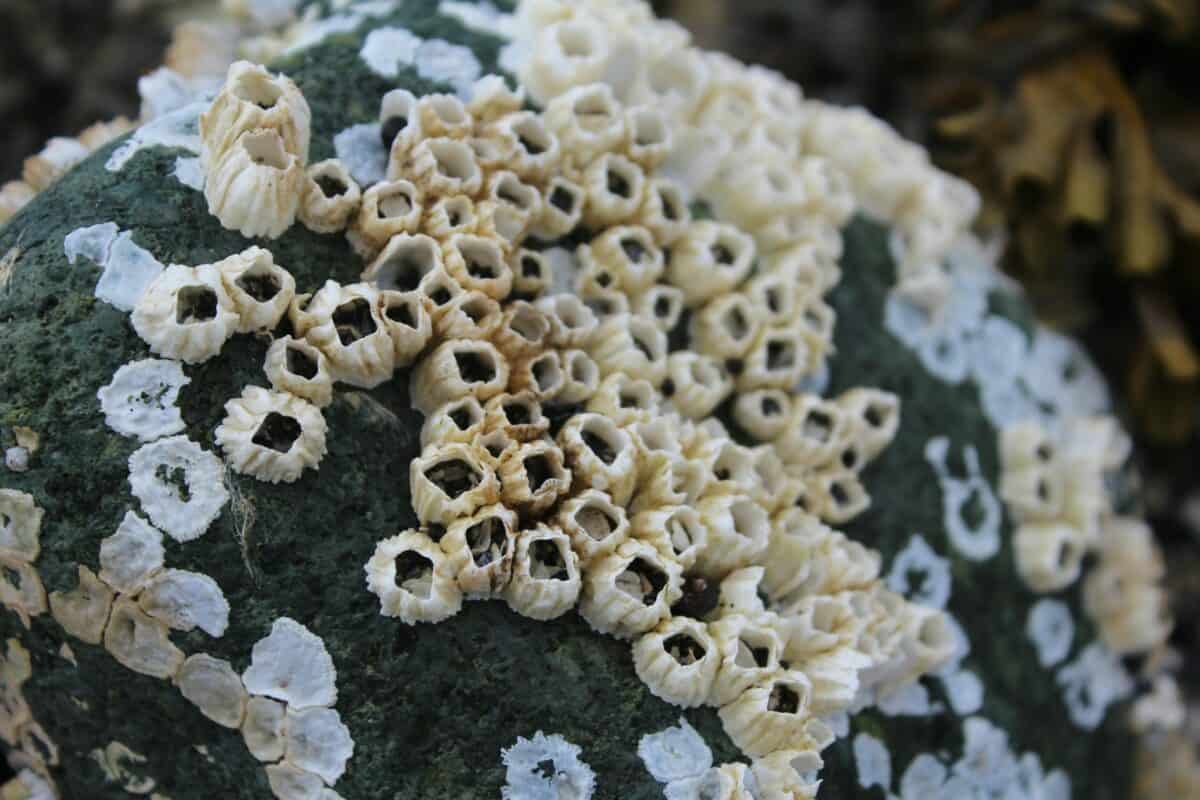For years, sloths have held the reputation as the slowest creatures in the animal kingdom. These arboreal mammals, with their perpetual smiles and methodical movements, certainly appear to embody lethargy. They move at an average pace of just 0.15 miles per hour in trees and can reach a maximum speed of only 0.17 miles per hour on the ground. This glacial pace has cemented their position in popular culture as synonymous with slowness. However, contrary to widespread belief, sloths are not actually the slowest animals on Earth. Several other creatures move at even more leisurely rates, challenging our understanding of biological slowness and the evolutionary advantages it can provide.
The True Slowest Animal: Three-Toed Sloths vs. Garden Snails
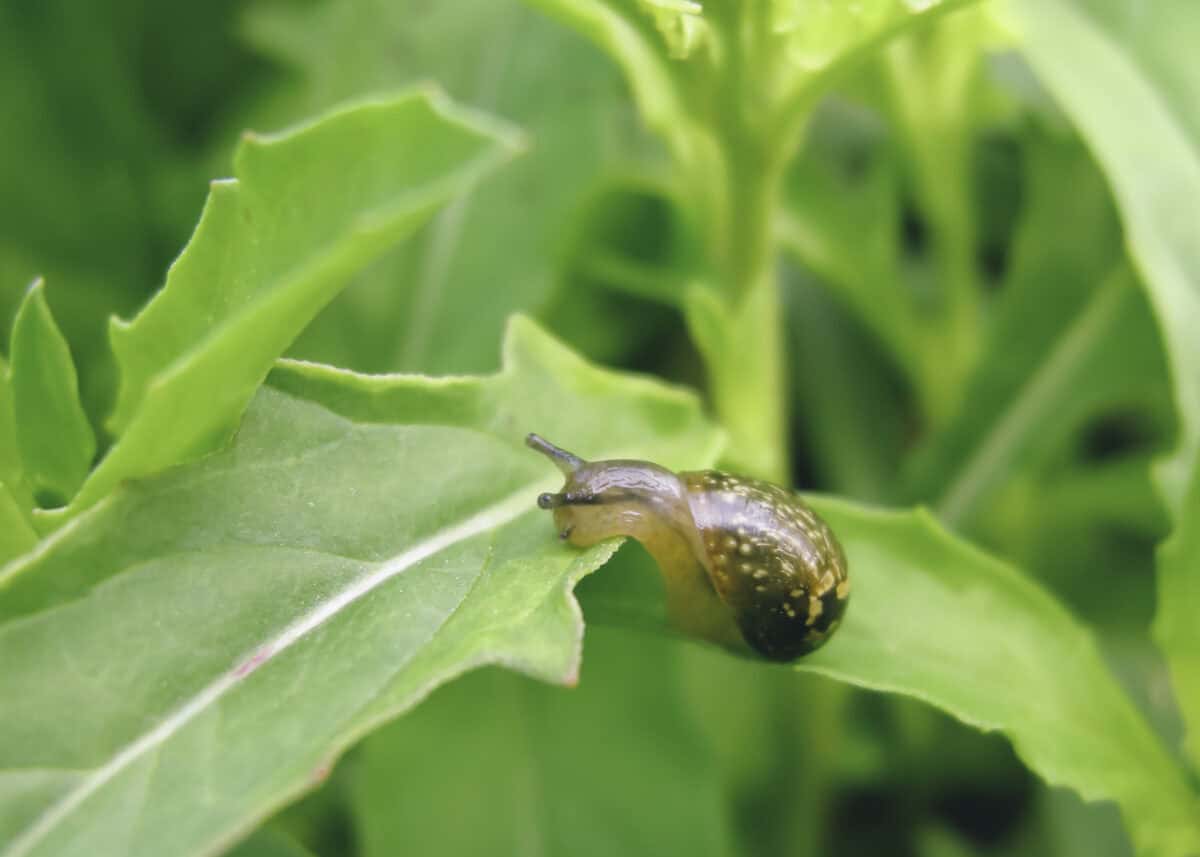
While three-toed sloths are indeed remarkably slow, averaging about 0.15 miles per hour, common garden snails crawl at approximately 0.03 miles per hour – about five times slower than sloths. These gastropods operate on a completely different time scale, using their muscular foot to create wave-like motions that propel them forward at this extraordinarily unhurried pace. The snail’s muscular contractions and the secretion of mucus, which reduces friction, create a form of locomotion that is efficient for their lifestyle but extraordinarily slow by human standards. When comparing pure horizontal movement speeds, garden snails definitively outpace (or rather, under-pace) the famously slow sloth.
The Deceptive Slowness of Sea Stars

Sea stars (commonly known as starfish) are among the ocean’s most deceptively slow movers. These echinoderms typically move at speeds of approximately 0.02 to 0.06 miles per hour, depending on the species. Their unique hydraulic vascular system operates hundreds of tiny tube feet that work in coordination to create movement. What makes sea stars particularly interesting is that their motion is often imperceptible to casual human observation – you might need time-lapse photography to actually see them moving. Their methodical pace serves them well for their predatory lifestyle, allowing them to stealthily approach sessile prey like barnacles and mussels without triggering escape responses.
Coral: The Living Creatures That Barely Move
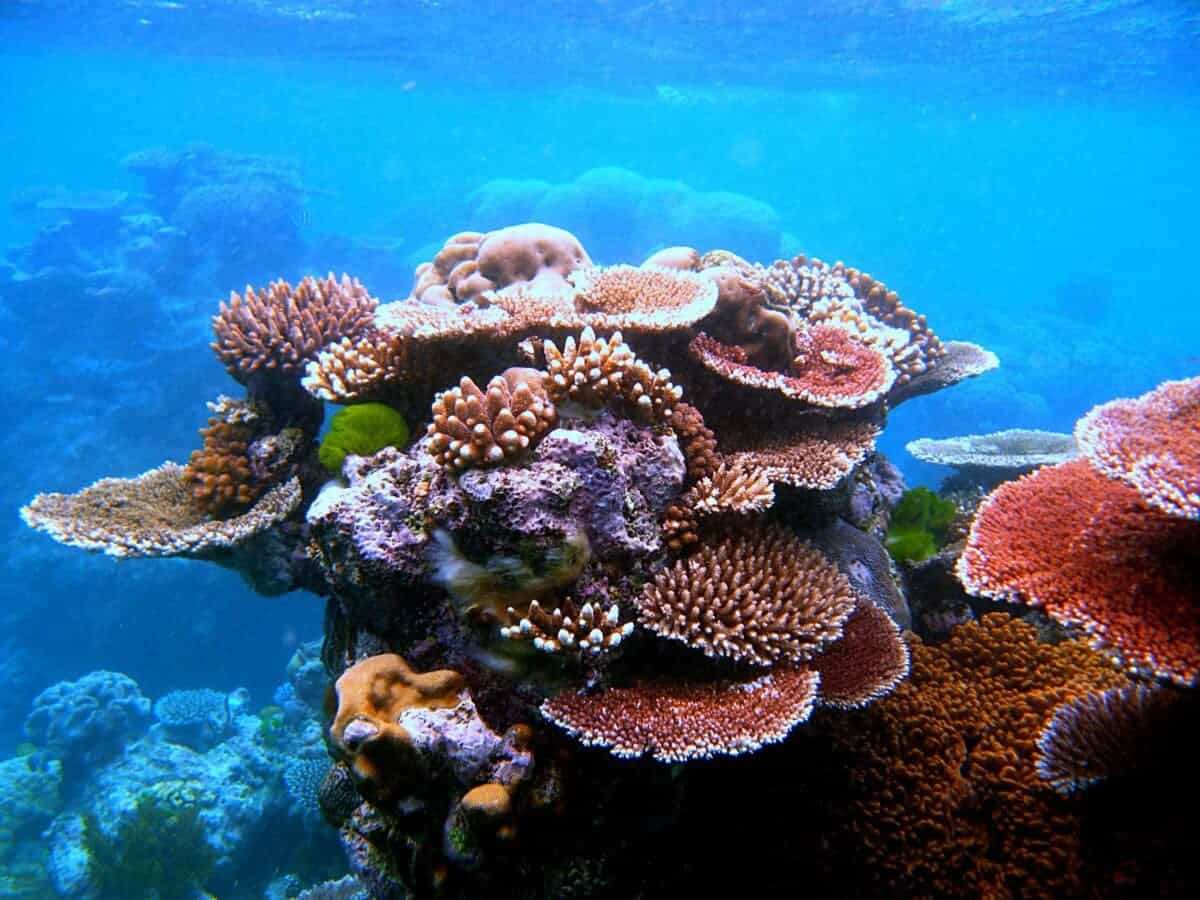
Corals represent an extreme on the spectrum of animal movement. While they are indeed animals (not plants or minerals), mature corals are sessile organisms, meaning they attach permanently to one spot. Their only movement occurs during their larval stage when coral planulae drift with ocean currents before settling. Once established, their movement is limited to the extremely slow extension of their calcium carbonate skeletons, which can grow at rates of just 0.3 to 2 centimeters per year for massive corals. This growth is so gradual that it’s more akin to construction than locomotion. Some coral species can take centuries to form substantial structures, making their “movement” among the slowest of any living creature on the planet.
The Giant Tortoise’s Patient Pace
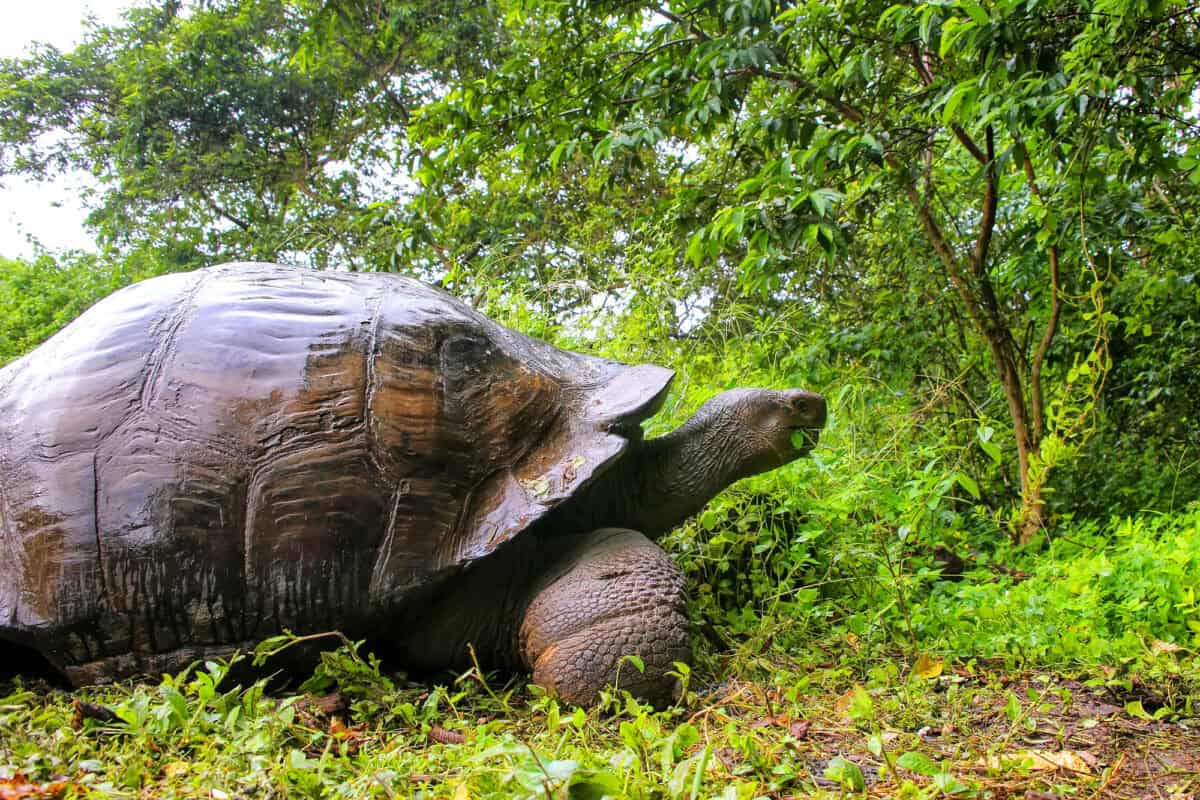
Giant tortoises, particularly the Galápagos and Aldabra species, move at speeds that rival the sloth’s slowness. These massive reptiles typically travel at about 0.16 miles per hour, though they can reach slightly faster speeds when motivated. Their movement is characterized by deliberate, plodding steps that conserve energy – a crucial adaptation for creatures that can live well over 100 years. What makes tortoises particularly interesting in the slow movement category is their endurance; while they move slowly, they can maintain their pace for extended periods, allowing them to cover surprisingly large distances over time. Some Galápagos tortoises have been documented making seasonal migrations of several miles, demonstrating that slow and steady can indeed win certain races in the natural world.
Gastropods Beyond Snails: The Leisurely Pace of Slugs
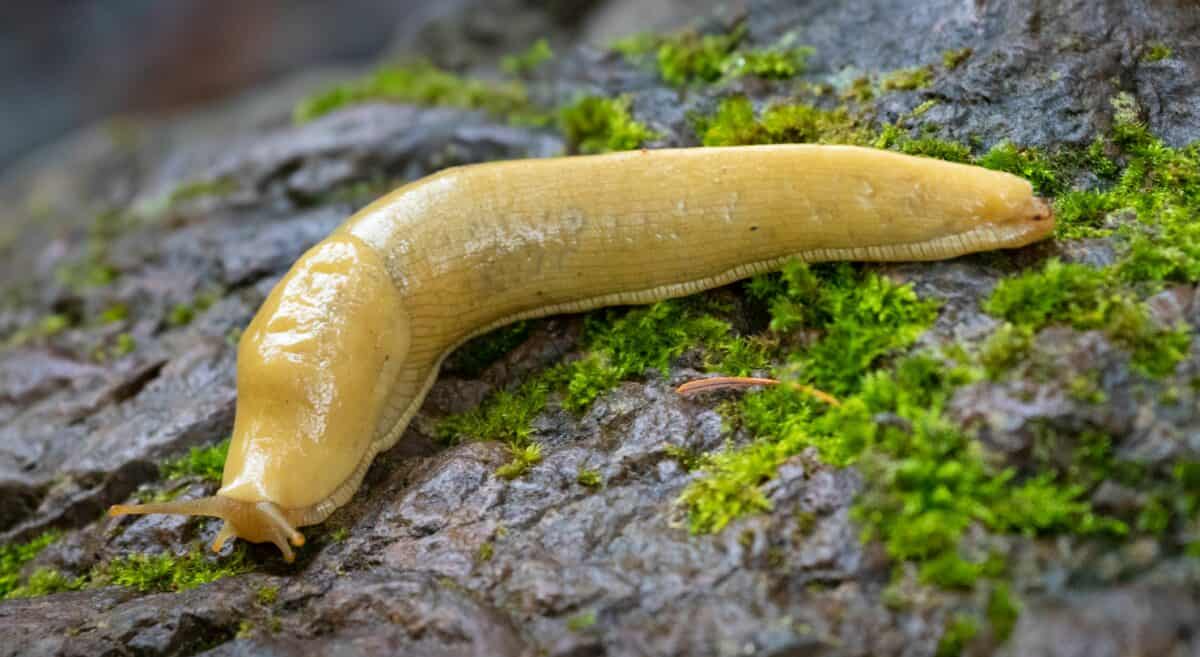
Like their shelled cousins, slugs move at extraordinarily slow speeds, typically around 0.03 miles per hour. However, what makes slugs particularly interesting is the energy efficiency of their locomotion. Studies have shown that slug movement via their muscular foot and mucus trail is one of the most energy-efficient forms of locomotion in the animal kingdom. The mucus they secrete serves multiple purposes – it reduces friction, prevents dehydration, and protects their soft bodies from rough surfaces. This multi-functional adaptation enables their slow lifestyle. Some slug species, like the banana slug (Ariolimax columbianus), which can reach lengths of up to 10 inches, move so gradually that their progress is almost imperceptible without careful observation.
Barnacles: Stationary as Adults, Speedy as Larvae

Barnacles represent a fascinating case of mobility transformation. As adults, these crustaceans are completely sessile, permanently attached to surfaces like rocks, ships, and even other marine animals. This makes their adult movement effectively zero miles per hour. However, in their larval stages, barnacles are free-swimming organisms that actively move through the water column. This dramatic lifestyle shift from mobile to immobile represents one of the most extreme transformations in the animal kingdom. Once settled, a barnacle’s only movements are the extension and retraction of its feathery appendages (cirri) to filter feed, and the internal actions related to reproduction and digestion. Their calcium carbonate shells grow at rates similar to corals, adding another dimension to their extremely slow, largely imperceptible “movement.”
Evolutionary Advantages of Moving Slowly
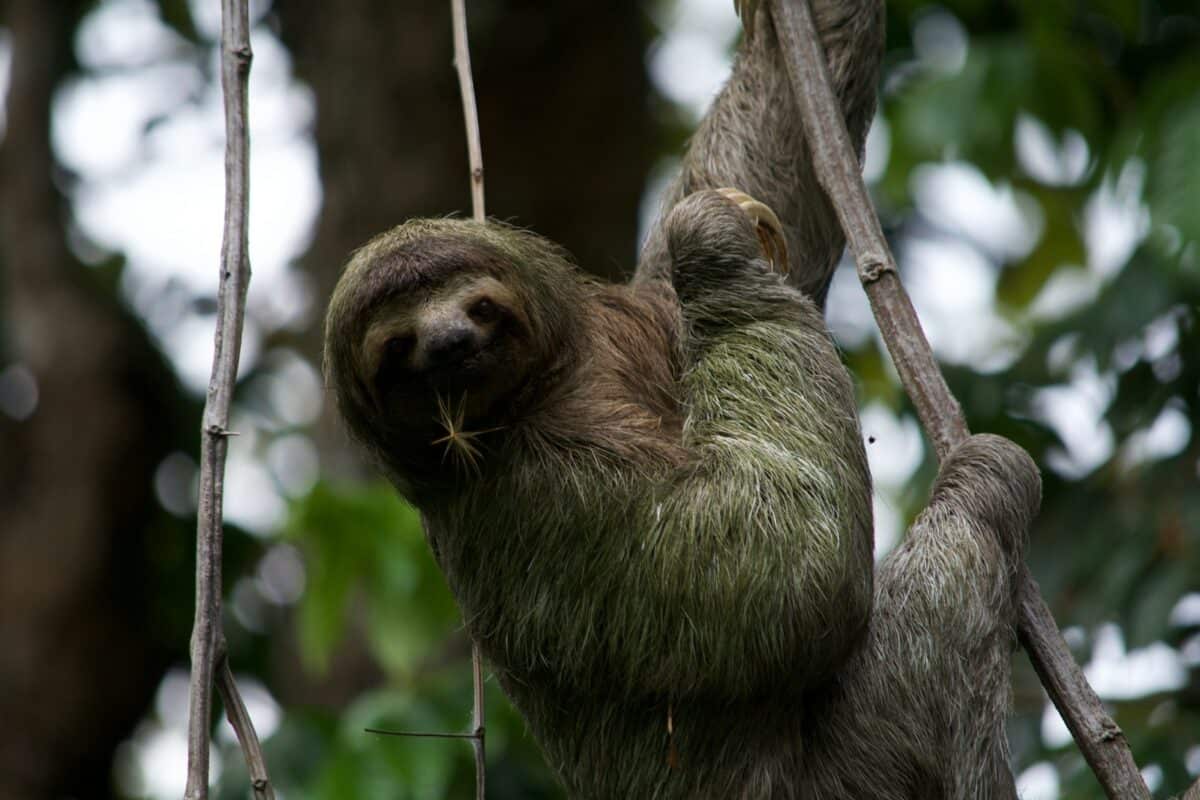
Extreme slowness, far from being a disadvantage, offers several evolutionary benefits that have preserved these traits across diverse animal groups. Energy conservation stands as perhaps the most significant advantage – slower-moving animals require substantially less caloric intake to survive. For herbivores like sloths and tortoises, this means they can subsist on less nutritious food sources that are abundant in their environments. Slowness also often correlates with longevity; many slow-moving animals like tortoises and sea anemones have extraordinarily long lifespans. Additionally, slow movement can serve as a form of camouflage – predators often detect their prey through motion, and minimal movement helps animals like sloths blend with their surroundings. For some creatures, slowness is paired with chemical defenses or protective shells, creating a comprehensive survival strategy that has proven successful across millions of years of evolution.
The Paradox of the Slowest Insect
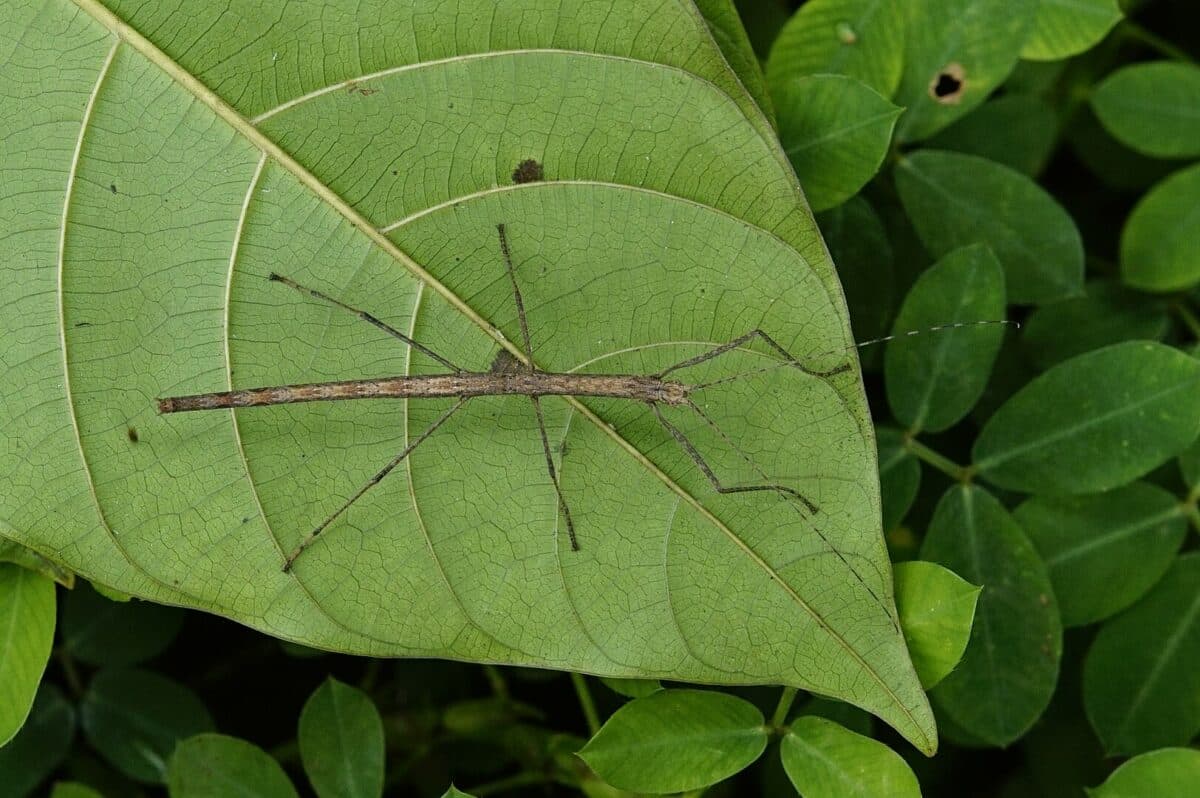
In a class of animals known for their rapid movements, certain insects stand out for their exceptional slowness. Among these, the female Neotrogla bark louse moves at an almost imperceptible pace, typically covering just a few millimeters per hour. Stick insects (Phasmatodea) are also remarkably slow, with some species moving at speeds that make them nearly invisible to predators. Their deliberate, swaying motion mimics branches moving in a gentle breeze, providing camouflage through both appearance and behavior. What makes these slow insects particularly fascinating is that they exist in a class where most members exhibit tremendous speed and agility. This paradox illustrates the diversity of evolutionary strategies within even closely related groups of animals, showing that both extreme speed and extreme slowness can be equally valid survival adaptations depending on ecological niche.
Marine Slowpokes: Sea Anemones and Their Glacial Movement
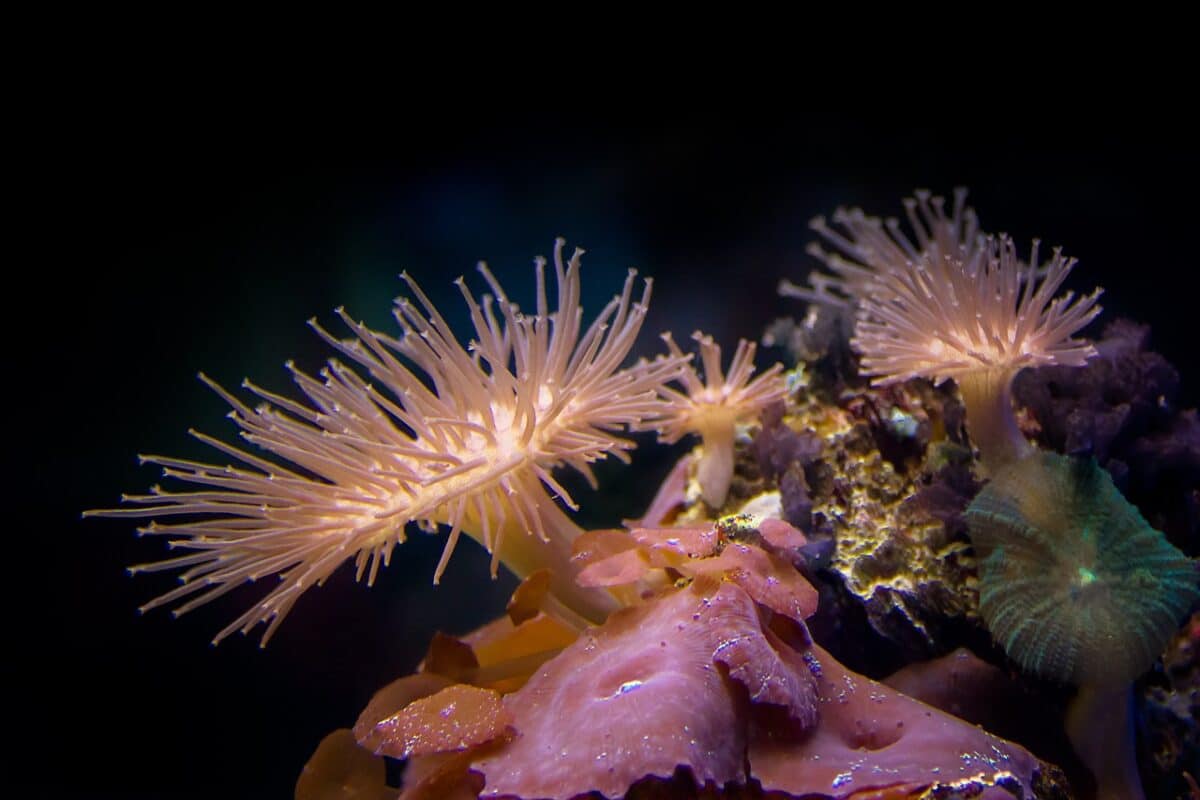
Sea anemones represent another example of extraordinary slowness in the animal kingdom. While many appear completely stationary, most species can actually move, albeit at rates that challenge detection. Some sea anemones “walk” by slowly detaching and reattaching their pedal disc, achieving speeds of approximately 0.04 inches per hour. Others perform a slow somersaulting motion to relocate. These cnidarians can also expand and contract their bodies, change their shape, and adjust their position in response to environmental factors like water flow and light. Their movement is so gradual that it might take days or even weeks to travel distances measurable in inches. Despite this extreme slowness, sea anemones have successfully occupied marine habitats for over 500 million years, demonstrating the effectiveness of their unhurried lifestyle in evolutionary terms.
Gall Wasps: Insects That Take Slowness to a New Level
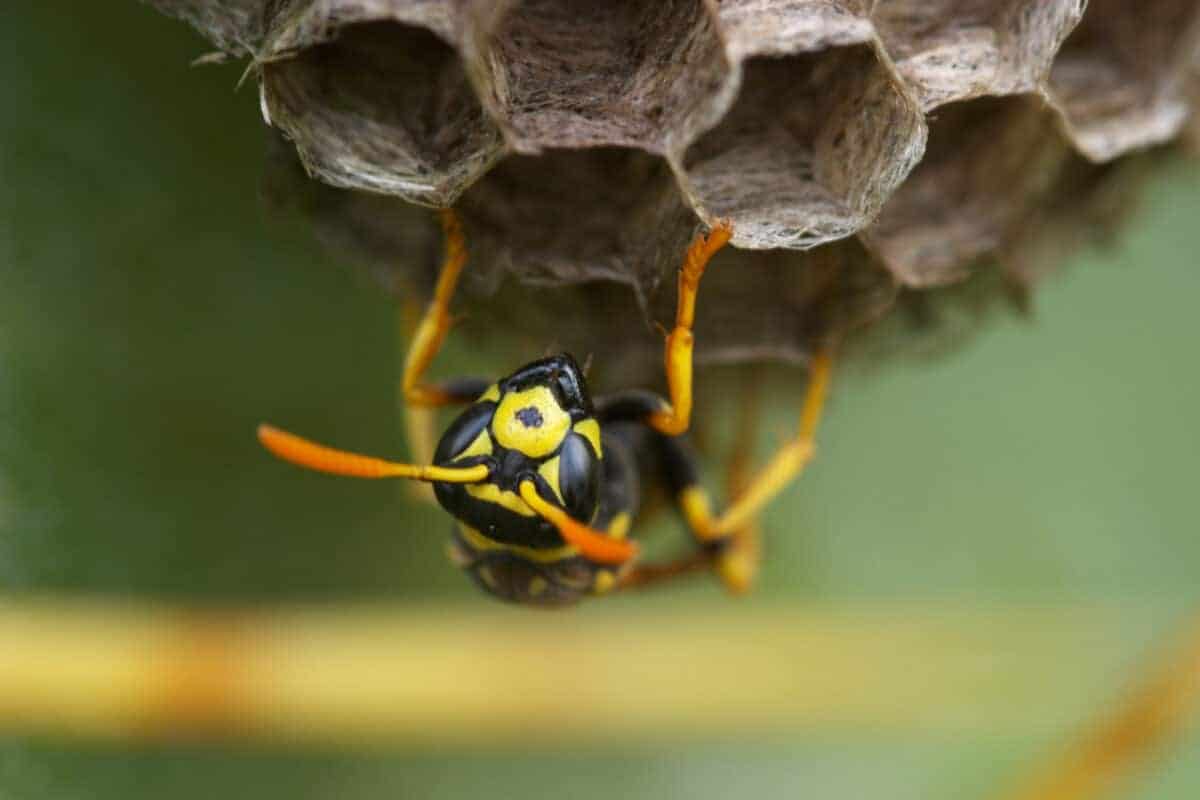
Among insects, certain species of gall wasps (Cynipidae) demonstrate extraordinarily slow development rather than locomotion. Some species spend up to four years completing their metamorphosis within plant galls – protective structures formed by the plant in response to the wasp’s chemicals. During this time, their movement is minimal and confined to the small space within the gall. While their adult forms are capable of normal insect movement, their larvae experience one of the slowest developmental processes in the insect world. This extremely prolonged life cycle represents a different type of biological slowness that complements our understanding of slow locomotion. By manipulating their host plants to create protective environments, these wasps have evolved a strategy that prioritizes safety over speed, allowing them to develop at an extraordinarily unhurried pace that would be impossible in more exposed conditions.
The Microscopic World of Slow Movement
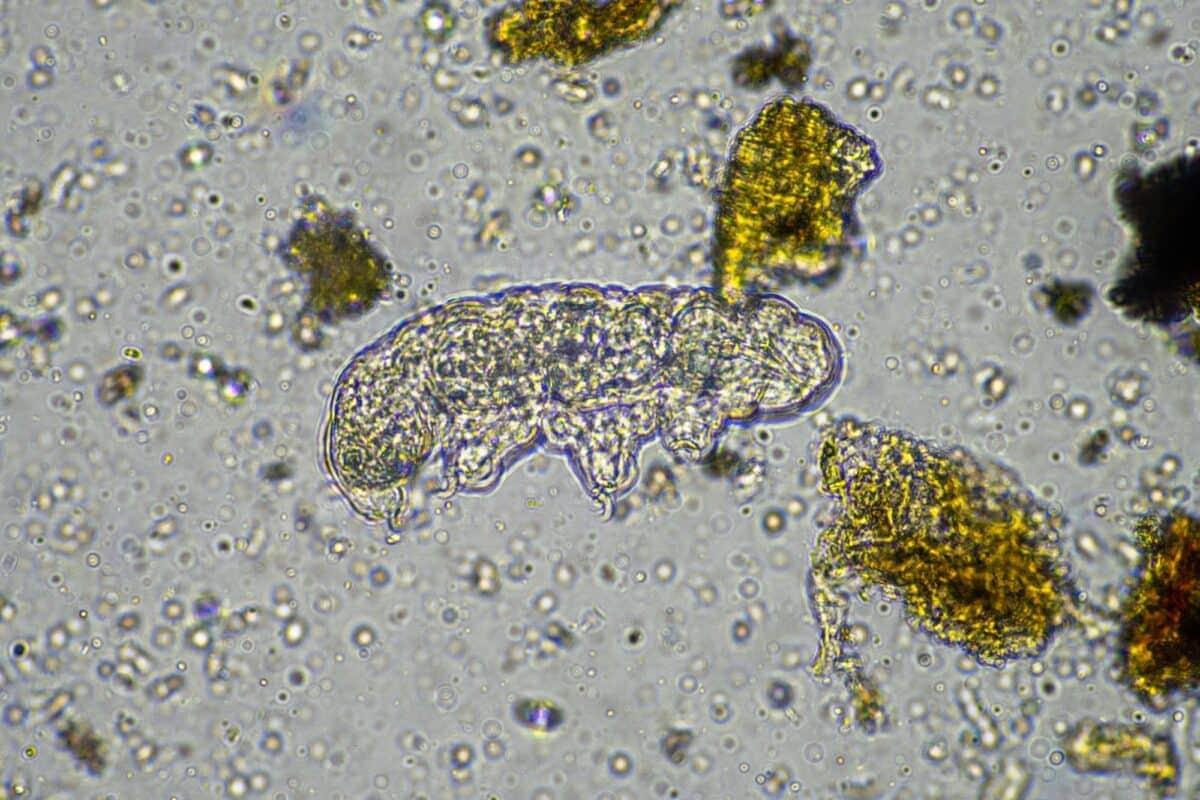
When we venture into the microscopic realm, entirely new categories of slow movement emerge. Tardigrades (water bears), despite their reputation for resilience, move at speeds of only about 0.008 inches per minute. Even slower are certain amoebae, whose movement via pseudopods occurs at rates that require time-lapse microscopy to observe clearly. Brain coral polyps extend at just 0.0004 inches per day. At these scales, viscosity becomes more influential than gravity, creating entirely different physical constraints on movement. The Reynolds number – a physics concept that describes the ratio of inertial to viscous forces – is extremely low for these microscopic organisms, meaning their environment feels more like thick honey than water. This creates a fascinating paradox where microscopic movements that appear rapid under magnification actually represent some of the slowest absolute speeds in the animal kingdom.
The Science and Significance of Biological Slowness

The study of extremely slow-moving animals has significant implications across multiple scientific disciplines. For evolutionary biologists, these creatures provide insights into how dramatically different survival strategies can emerge from common ancestors. For biomechanics researchers, the peculiar locomotion methods of slow animals – from the wave-like foot contractions of gastropods to the hydraulic tube feet of sea stars – offer inspirations for novel engineering approaches. Even medical science benefits from understanding slow biological processes, as they often relate to longevity, metabolism, and energy efficiency. Conservation efforts also gain perspective from recognizing the value of slow-moving species; their deliberate pace often correlates with vulnerability to environmental changes, limited reproductive rates, and specialized ecological niches. By appreciating the full spectrum of animal movement speeds, scientists develop a more complete understanding of life’s diversity and the countless ways organisms have adapted to survive and thrive at their own unique pace.
While sloths have long captured our imagination as nature’s slowest creatures, our journey through the animal kingdom reveals a far more nuanced reality of biological slowness. From the nearly imperceptible movements of corals and sea anemones to the methodical pace of garden snails and gastropods, we discover that slowness exists along a continuum that extends well beyond our common perceptions. These extraordinarily unhurried lifestyles aren’t failures of evolution but rather specialized adaptations that have proven remarkably successful across millions of years. By broadening our understanding of nature’s diverse pacings, we gain deeper appreciation for the countless ways life has evolved to navigate its environment – whether racing at incredible speeds or moving with such deliberation that human observation struggles to detect it. Perhaps most importantly, these slow-moving creatures remind us that in nature, success isn’t always measured by speed but by sustainability, efficiency, and the perfect adaptation to one’s ecological niche.
- Capuchins Crack Nuts With Rocks - August 18, 2025
- The Slowest Animal Is Not the Sloth - August 18, 2025
- The Biggest Hailstone Ever Recorded—And How Much It Weighed - August 18, 2025

